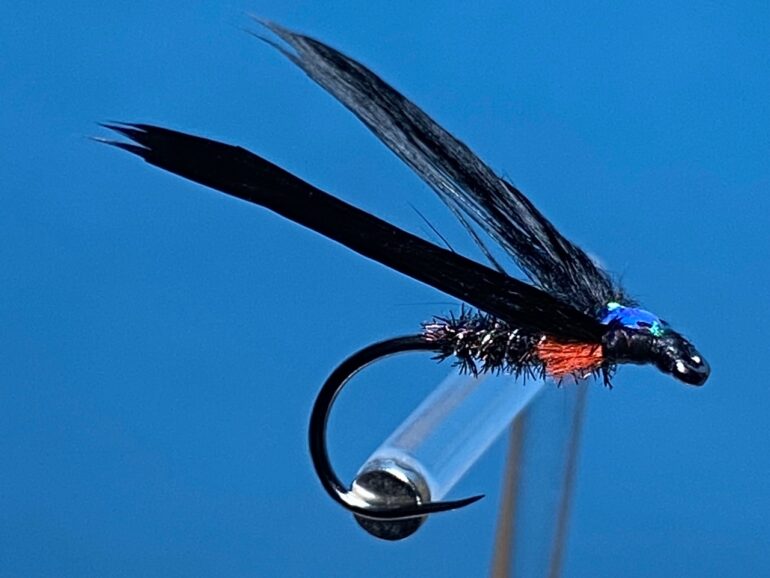
Fly to Tie & Try by Les Lockey Nov 2022
Fly of the Month – November by Les Lockey
The Split Winged Cormorant
Hook: Competition Barbless, sizes 10 or 12, (from Flybox).
Thread: Black Semperfli Nanosilk, 50D, or any black 8/0 thread.
Rib: Fine silver wire.
Body: 2 Strands peacock herl.
Wing: Black marabou.
Thorax cover: Mirage tinsel, wide.
Cheeks: Glo Brite Floss, No. 4, scarlet.
TYING
Photo 1. Leaving a long thread tag, wind on the thread at the eye and lay down a short bed of thread. Do not cut off the thread tag.
Photo 2. Tie in the silver wire followed by 2 strands of short fibred peacock herl leaving the waste ends the same length as the body. Continue to bind down the materials to a point just past the hook point and return the thread to the head.
Photo 3. Carefully twist the herl around the thread tag to form a herl rope. Once formed, wind the rope up the shank, tie it down at the head and remove the excess herl rope. Now bring the silver wire up the body in open spirals as a rib, tie down at the head and worry off the wire.
Photo 4. Tie in a length of Mirage tinsel squarely on top of the hook shank and bind it down to the eye.
Photo 5. Take a bunch of marabou fibres and strip away the flue from the basal ends to expose the bare stems. Trim the bare stems to length and tie them in securely with well waxed thread, then pinch the marabou wing to length.
Photo 6. Double a length of Glo-brite floss and tie it in as cheeks on each side of the body. Once secure, pull the ends of the floss tight and trim off the excess to create a short floss stub of about 2mm. in length on each side of the body.
Photo 7. Divide and separate the marabou wing into two equal bunches, bring the tinsel forward between the two bunches and tie it down tight at the eye and remove the excess tinsel.
Photo 8. Form a neat head, whip finish, remove the thread and varnish the head to complete the fly. Note – The final photo shows the wing damp to aid photography.
Tying Tips
- Keep the tag end of thread long as this helps when forming the herl rope.
- Peacock herl is particularly fragile near the tip, so always trim off the tips before tying in the herl.
- Twisting the herl around the tying thread to form a herl rope results in a dense and more durable body. Coating the thread underbody with a light smear of superglue prior to winding the herl rope will make the body even more robust but let the glue dry before continuing with the tying.
- I find it easier to pinch the marabou to an approximate length before tying it in and to then strip away the flue from the basal ends with my finger and thumb nail to expose the bare stems which are then trimmed to length and tied in securely with well waxed thread. This reduces bulk and avoids cutting the marabou on the hook which helps to neaten the head.
- When dividing the marabou wing into 2 equal bunches, it helps to use moistened fingers to dampen the marabou and then use a dubbing needle to divide the fibres. This also makes it easier to tweak the marabou and the tinsel into the correct position.
- Make sure the tinsel is pulled tight before securing with thread at the eye. I make two light thread wraps to locate the tinsel, then while making a tighter third wrap, I gently pull on the tinsel and make a further tight thread wrap to lock the tinsel in place which ensures the tinsel remains flat between the bunches of marabou.
- Glo Brite floss in orange, yellow, chartreuse, and amber make good alternatives for the cheeks.
FISHING HINTS
- Cormorants are very versatile flies and depending on the prevailing weather conditions, they can be fished at any time of year and on any density of line, although I find a floater or a long sink tip are used most often. That said, the weather in November can be quite fickle, so fishing a Di 3 line with the cormorant on the dropper and a small, weighted nymph or lure on the point could well be worth a try.
- This Cormorant is all about movement and getting the wing to pulsate, which means it usually works best when retrieved in short, start and stop pulls or with a jerky figure of eight, but as with all flies, it pays to try a variety of retrieves to find the one the fish prefer.
- I also fish this cormorant on the dropper of a washing line with a small FAB on the point and have found the results seem best when the cast is fished across the wind.
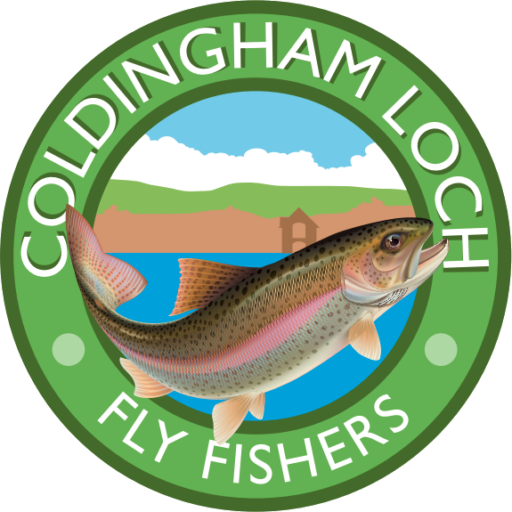



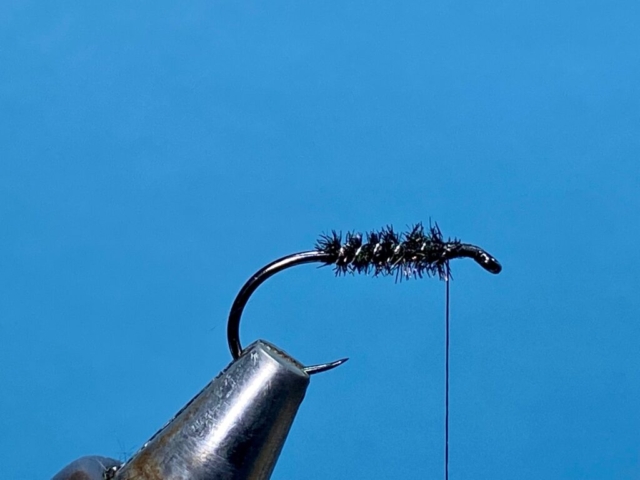
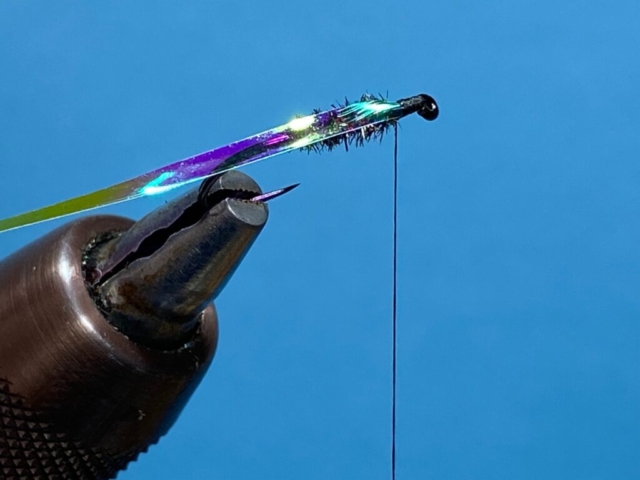
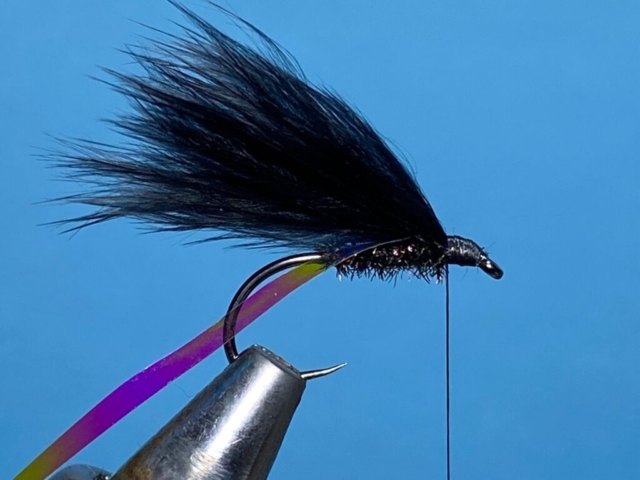
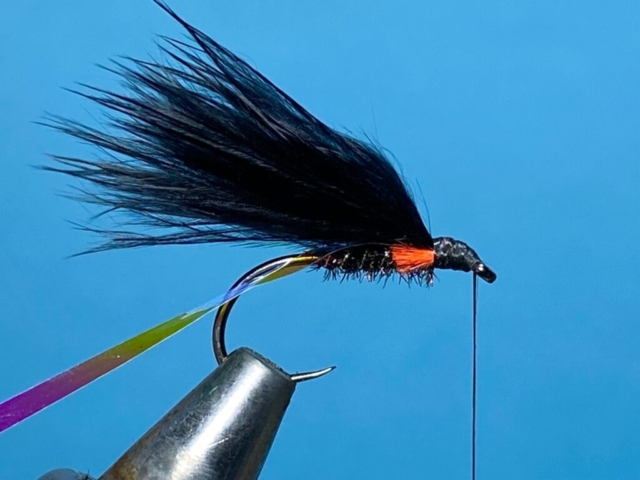
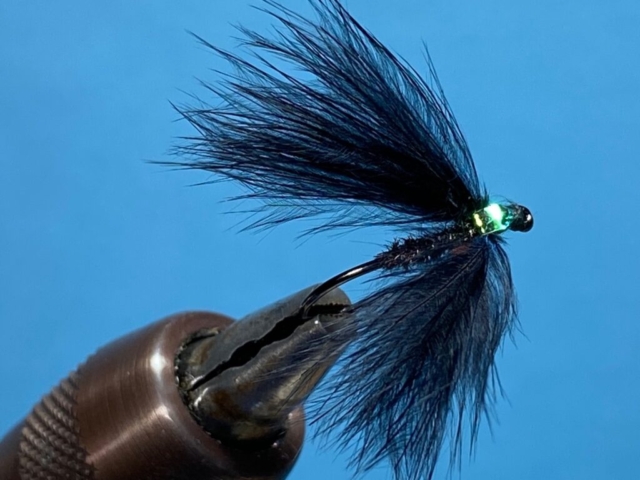
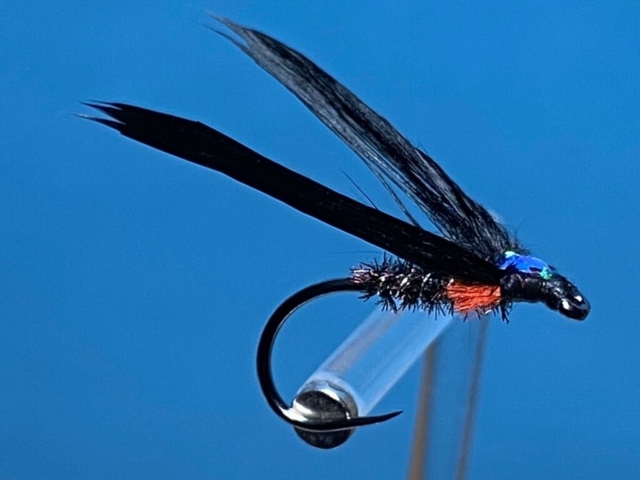

Recent Comments